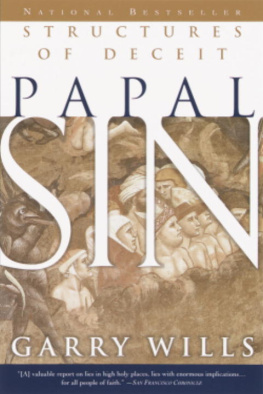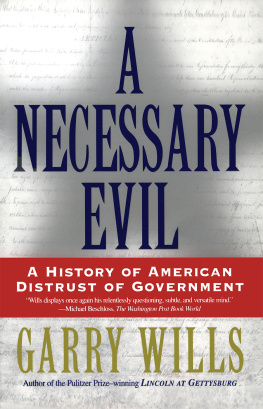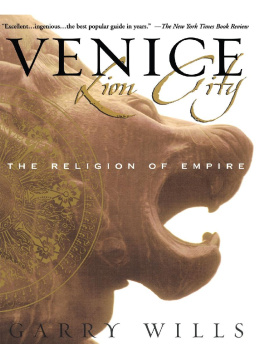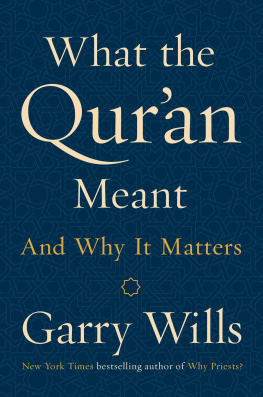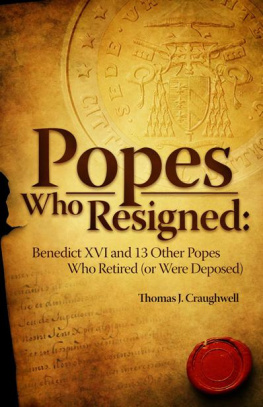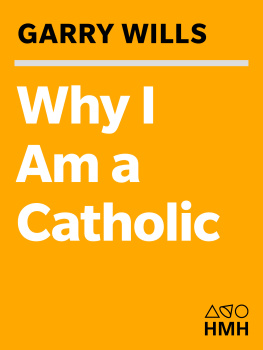Garry Wills - Papal Sin: Structures of Deceit
Here you can read online Garry Wills - Papal Sin: Structures of Deceit full text of the book (entire story) in english for free. Download pdf and epub, get meaning, cover and reviews about this ebook. year: 2001, publisher: Image, genre: Religion. Description of the work, (preface) as well as reviews are available. Best literature library LitArk.com created for fans of good reading and offers a wide selection of genres:
Romance novel
Science fiction
Adventure
Detective
Science
History
Home and family
Prose
Art
Politics
Computer
Non-fiction
Religion
Business
Children
Humor
Choose a favorite category and find really read worthwhile books. Enjoy immersion in the world of imagination, feel the emotions of the characters or learn something new for yourself, make an fascinating discovery.
- Book:Papal Sin: Structures of Deceit
- Author:
- Publisher:Image
- Genre:
- Year:2001
- Rating:3 / 5
- Favourites:Add to favourites
- Your mark:
Papal Sin: Structures of Deceit: summary, description and annotation
We offer to read an annotation, description, summary or preface (depends on what the author of the book "Papal Sin: Structures of Deceit" wrote himself). If you haven't found the necessary information about the book — write in the comments, we will try to find it.
--from the Introduction
From Pulitzer Prize-winning author Garry Wills comes an assured, acutely insightful--and occasionally stinging--critique of the Catholic Church and its hierarchy from the nineteenth century to the present.
Papal Sinin the past was blatant, as Catholics themselves realized when they painted popes roasting in hell on their own church walls. Surely, the great abuses of the past--the nepotism, murders, and wars of conquest--no longer prevail; yet, the sin of the modern papacy, as revealed by Garry Wills in his penetrating new book, is every bit as real, though less obvious than the old sins.
Wills describes a papacy that seems steadfastly unwilling to face the truth about itself, its past, and its relations with others. The refusal of the authorities of the Church to be honest about its teachings has needlessly exacerbated original mistakes. Even when the Vatican has tried to tell the truth--e.g., about Catholics and the Holocaust--it has ended up resorting to historical distortions and evasions. The same is true when the papacy has attempted to deal with its record of discrimination against women, or with its unbelievable assertion that natural law dictates its sexual code.
Though the blithe disregard of some Catholics for papal directives has occasionally been attributed to mere hedonism or willfulness, it actually reflects a failure, after long trying on their part, to find a credible level of honesty in the official positions adopted by modern popes. On many issues outside the realm of revealed doctrine, the papacy has made itself unbelievable even to the well-disposed laity.
The resulting distrust is in fact a neglected reason for the shortage of priests. Entirely aside from the public uproar over celibacy, potential clergy have proven unwilling to put themselves in a position that supports dishonest teachings.
Wills traces the rise of the papacys stubborn resistance to the truth, beginning with the challenges posed in the nineteenth century by science, democracy, scriptural scholarship, and rigorous history. The legacy of that resistance, despite the brief flare of John XXIIIs papacy and some good initiatives in the 1960s by the Second Vatican Council (later baffled), is still strong in the Vatican.
Finally Wills reminds the reader of the positive potential of the Church by turning to some great truth tellers of the Catholic tradition--St. Augustine, John Henry Newman, John Acton, and John XXIII. In them, Wills shows that the righteous path can still be taken, if only the Vatican will muster the courage to speak even embarrassing truths in the name of Truth itself.
From the Hardcover edition.
Garry Wills: author's other books
Who wrote Papal Sin: Structures of Deceit? Find out the surname, the name of the author of the book and a list of all author's works by series.

